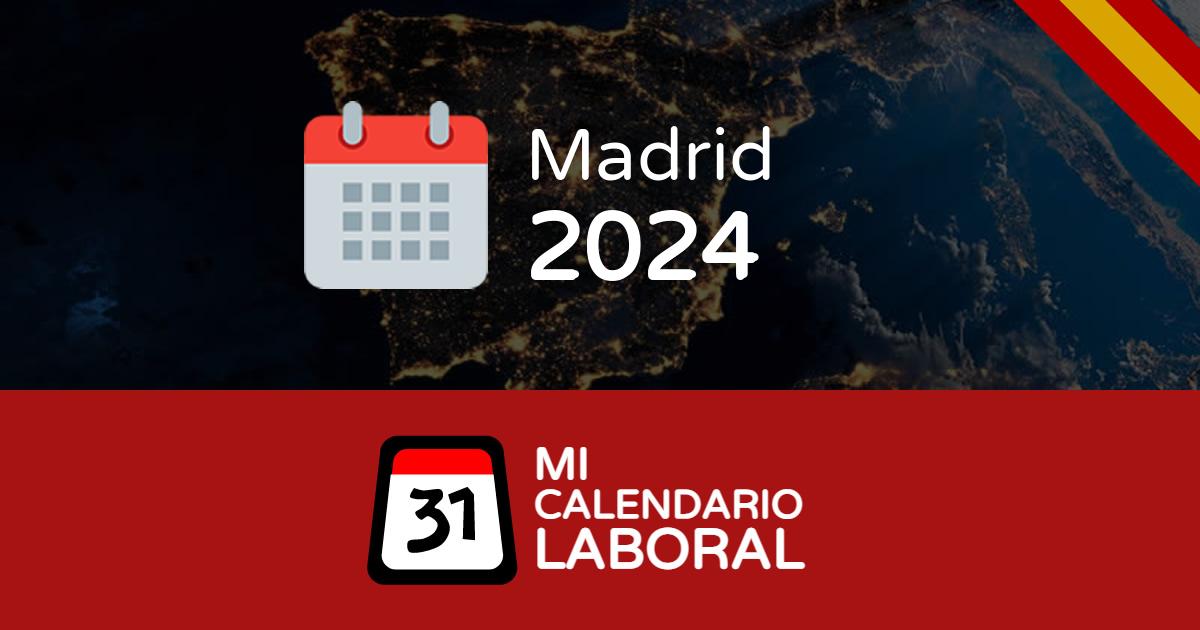New Year's Eve is a moment of transition that transcends borders, marked by various traditions and festivities that reflect the rich cultural diversity of our planet. Each country has its own unique way of welcoming the new year, with deep-rooted customs ranging from dazzling fireworks to ancient rituals. But before exploring the holidays around the world, it's crucial to understand why the year ends in December?
The December election as the last month of the year has its roots in history. In the Julian calendar, implemented by Julius Caesar in the year 45 BC, the year began in March. However, the Gregorian calendar, adopted in 1582 by Pope Gregory XIII, established January 1 as the beginning of the year to adjust for seasonal discrepancies. This change gradually spread around the world and became the global norm.
Celebrations in Europe
As a land of rich history and cultural diversity, it celebrates New Year's Eve with a mix of ancient traditions and modern festivities. Each country brings its unique touch to this celebration.
In Spain, New Year's Eve is one of the most anticipated festivities of the year. The most emblematic tradition is that of the twelve strokes of midnight. These chimes, broadcast on television from Puerta del Sol in Madrid, mark the end of the year and symbolize the transition to the next. With each chime, people consume a grape, making a wish for each one. This ritual, known as the "twelve lucky grapes", is followed by street festivities, fireworks and dances that last until the early hours of the morning.
In the United Kingdom, especially in Scotland, New Year's Eve is celebrated with Hogmanay. This holiday has its roots in Viking celebrations and has evolved into an event full of joy and camaraderie. A unique tradition is "First Footing", where the first person to cross the threshold of a house after midnight brings good luck and symbolic gifts such as bread and salt.
In Germany, New Year's Eve celebrations are equally vibrant. Major cities, such as Berlin, are filled with street events, concerts and spectacular fireworks. The tradition of the "Silvesterklaus" in northern Switzerland and southern Germany is unique: people dressed in colorful outfits walk through the streets wishing well good luck for next year. In many German homes, New Year's Eve dinner includes dishes such as raclette and fondue.
In France and Italy, the celebration of the New Year's Eve usually focuses on a festive dinner. Families and friends gather to enjoy culinary delights and share good times. Midnight marks the time of hugs and kisses, while toasting with champagne.
In Greece , New Year's Eve brings with it the tradition of Vasilopita. This is a special cake that is cut at midnight. The person who finds a coin inside his portion is considered lucky for the next year. Celebrations also include dancing, music and fireworks, especially on islands and coastal cities.
Celebrations in America
In America, New Year's Eve is celebrated in a diverse and vibrant way. From the colorful festivities in Latin America to the impressive fireworks in the United States, each region contributes its uniqueness to this holiday that marks the close of a year and the arrival of new hopes.
Mexico stands out with traditions such as the burning of dolls and piñatas, while, in Brazil, the Fiesta de Réveillonon the beaches, such as Copacabana, it is filled with white clothing and offerings to Iemanjá. In the United States, Times Square is the epicenter of the celebration, with the crystal ball drop and regional events such as First Footing. Argentina celebrates with extensive barbecue dinners and fires at the Obelisk of Buenos Aires. Canada spans coast to coast with public events and Quebec brings a European touch. In Colombia, the 12 grapes and the tradition of going for a walk with empty suitcases symbolize wishes and adventures for the new year.
Celebrations in Asia
In Asia this day reflects the cultural multiplicity of the continent. From the Chinese New Year festivities in China, with its lanterns and fireworks, to the bells of the Japanese temples during the "Joya no Kane", each country provides unique traditions. In India, Diwali stands out as a festive period. South Korea celebrates Seollal with family rituals, while in Thailand Songkran marks the New Year with water rituals. The Philippines rings in the New Year with fireworks and festivities in Manila. This mix of ancient festivities and modern celebrations makes New Year's Eve in Asia a varied and colorful experience.

